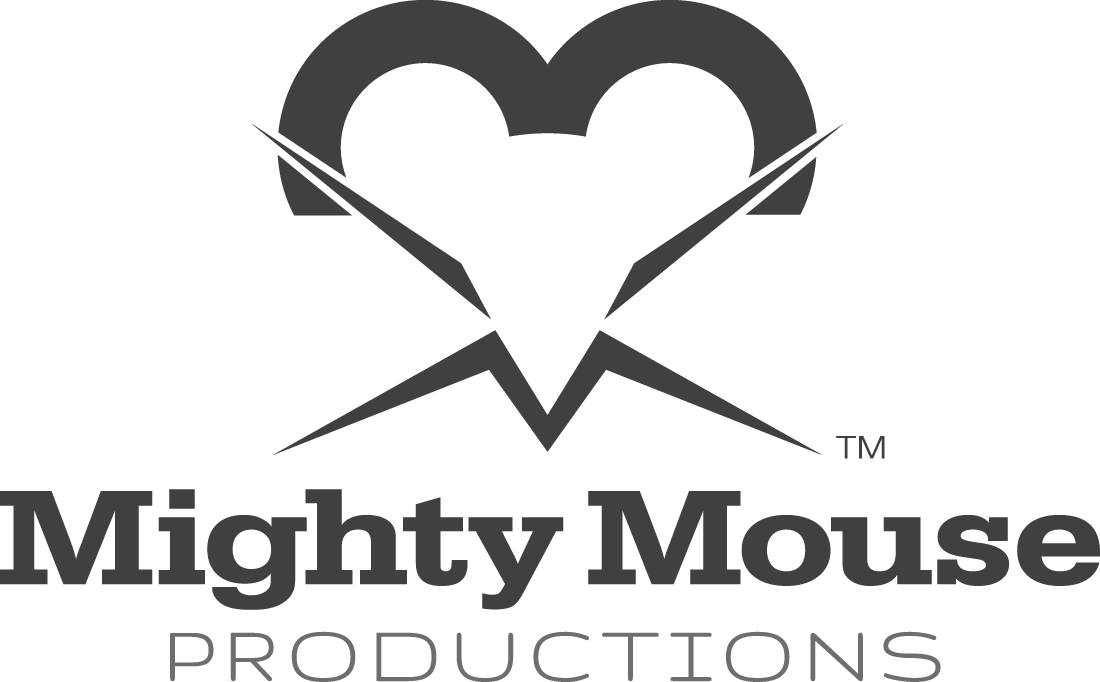At a time when every phone has amazing cameras, everyone tends to consider themselves as photographers. Granted, photography has made major leaps forward. Heck, I want to go back in time and graduate from high school, get married and have children all over again... simply for the photography! If you compare the photography from my wedding and my kids growing up, you'd laugh when compared to the "Pinterest" images you see today. Everyone's expectations of images have increased greatly over the past 10 years, and this has led me to write this article attempting to help you hire the best photographer.
In the world of advertising, great photography is a graphic designer's best tool, but not all photographers are the same. When searching for a photographer for your business, here are some things to consider:
1. What KIND of photography do they specialize in?
Not all photographers are good every type of subject. Photographers tend to specialize in particular types of photography. There are wedding photographers, photographers who are great at people and head shots, architectural photographers, exterior/outdoor photography, product photography, model photography, etc. Choose the photographer who has a lot of experience in the types of images you need.
2. How much does it cost?
I've found the cost of photographers all over the board. Some charge by the hour and some charge by the day. Then others charge by the image. Keep in mind that photography isn't just about the time they spend the day of the shoot. Most photographers take 100s and sometimes 1000s of images in one shoot in order to get the perfect photos. After the shoot, they have to go and whittle those images down to a working amount. Then they have to whittle it down again for final picks. After that, they have to edit the images, color correct and crop every single image. The images then have to be uploaded onto a site that allows for previewing. It's very time consuming. But any great photographer is going to want to give you only the very best of the shots. Keep in mind, there are many hours involved and their time is worth money. So if the price seems high, remember everything involved in getting those images done. Also remember, the images are forever, so they're worth the extra money. With that said, be diligent and get several quotes before making a decision and as with anything, there is always space to negotiate.
3. Does your photographer need help?
The job of managing a photoshoot is huge. There are so many tasks that have to take place. There's the pre-shoot planning: What to shoot, how to shoot it, where to shoot it, models, etc. Organic, spontaneous photoshoots are considered more social or journalistic. Professional, corporate photoshoots for advertising need lots of planning and structure. This is where graphic designers and assistants come in handy. The photographer needs to be free to "focus" on lighting, content, positioning. Most photographers have an assistant there to help them with small tasks like lighting and lens selection. Also, having a designer there to oversee the project frees them up to do what they do best. It is an added expense, but well worth the money. A good designer should have each shot planned out to the point where they know where it will go in the marketing piece, what type has to go on the image and how the image will be used. This alleviates the need to reshoot things that didn't work the first time. Seriously consider bringing your designer to the shoot.
4. Be clear with the photographer how you plan to use their images
Some photographers hold licenses on their images unless you make an agreement to buy the images outright. If you're planning on using the images for multiple uses, have that discussion with them when you hire them. Once the images are released, you're on the honor system and it's not honorable to take advantage of them. If you're going to need the image for multiple uses and it's going to sell your business on many different platforms, it's worth the money to pay them for a full buyout and keep on good terms with the photographer for future needs.
5. Stock photography versus original photography
Many websites now offer very inexpensive images. Some that I use are shutterstock.com istock.com and stocksy.com. Very often I can get exactly what I need from them. However, there are times when the job calls for something more personal for the client. A product line needs to be shot, images of actual employees are needed, interiors of the business are featured, etc. That's the time to bring in a professional photographer. Again, choose your photographer based on the need. Be sure and review their portfolio carefully, looking for experience in that subject.
Lastly, don't forget, a picture is worth a thousand words... literally. People respond emotionally to images and it doesn't require time to read content. It's a quick and easy way to get a message across. So keep in mind, all of your marketing will be improved with great photography. For a graphic designer, designing without photography is like designing with your hands tied behind your back. However, on the flip side of that, too many images confuse the audience. One great image that communicates your message is often enough. Take the time and spend the money to get that right and you'll find people will respond to your business!
